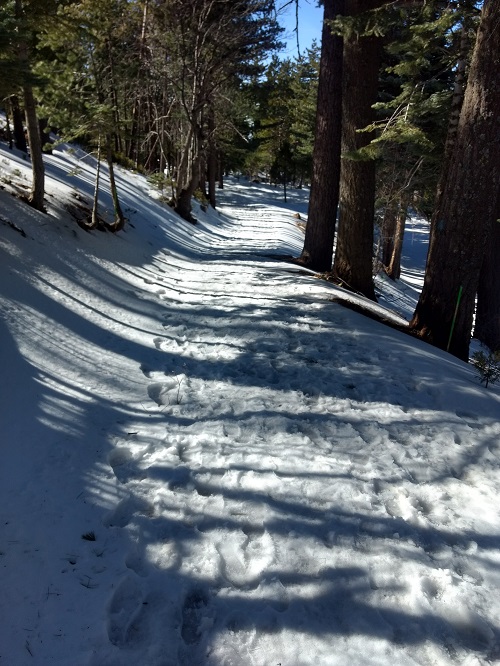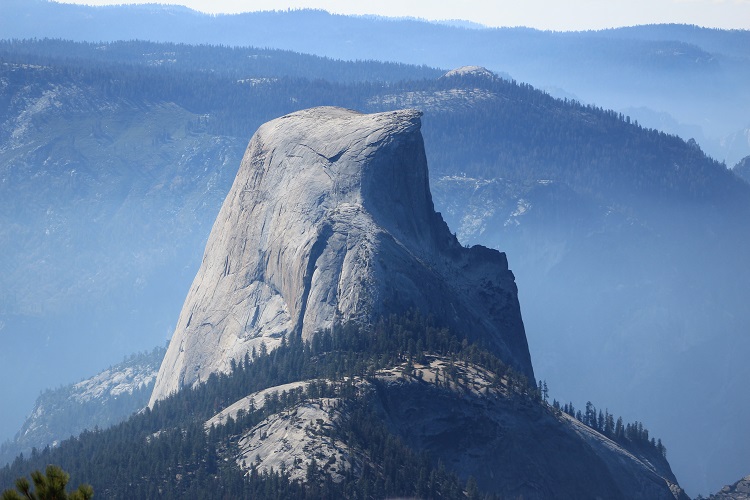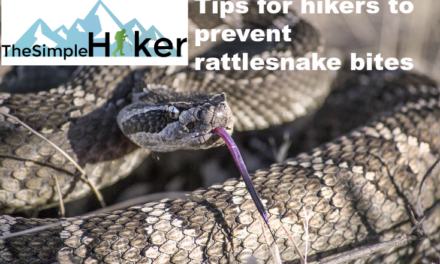Exposure to cold environments is one of the most common causes of hypothermia. This guide will help hikers understand what happens to the body when hypothermia occurs, signs and symptoms of hypothermia, treatment, and when to seek emergency treatment.
A Hiker’s Guide To Hypothermia
Hypothermia can be a potentially fatal condition. It also carries with it risks of other conditions like rhabdomyolysis and frost bite. While some hikers might be under the impression that hypothermia can only happen in extreme cold, it can occur when temperatures are mild. This is part one on a series of hypothermia that addresses some of the basics that all hikers should know about. Part two will talk about hypothermia prevention.
What Is Hypothermia
From a medical standpoint, hypothermia is a core temperature below 95 degrees F (35 degrees C). As a general rule of thumb, the body likes to maintain its temperature within a degree or so of 98.6 degrees F (37 degrees C give or take 0.5 degrees). For the most part, the body does an incredibly job of regulating it’s own body temperature. But when our bodies are put in an environment that is colder than we are, it has to keep up. Unless our bodies are warmed through clothing or shelter, problems will happen.
As our body cools, our brain triggers a cascade of events to try to help our body maintain its temperature. Shivering begins in our muscles to physically help our body generate heat. Elsewhere, blood vessels constrict to our extremities and digestive system to try to direct blood flow to organs necessary to keep us alive. If the body continues to cool, tissue metabolism and neural activity slows down. Eventually the slow metabolism will cause our hearts and breathing to slow. Eventually the functions that our bodies use to keep us alive stop and death occurs
Signs and Symptoms Of Hypothermia
There are a few different stages of hypothermia. Because most hikers won’t be checking their core temperature it’s important to recognize signs and symptoms of the different stages. The International Commission for Mountain Emergency Medicine developed hypothermia stages based on signs and symptoms and an estimated core temperature:
- Mild Hypothermia: This consists of a normal mental status (no confusion) with shivering. Estimated core temperature is 90-95 degrees F (32-35 degrees C).
- Moderate Hypothermia: Altered mental status (confusion) without shivering. Estimated core temperature 82-90 degrees F (28-32 degrees C).
- Severe Hypothermia: Unconscious. Estimated core temperature 75-82 degrees F (24-28 degrees C).
- Severe Hypothermia Stage 2: Apparent death. Estimated core temperature 56.7-75 degrees F (13.7-24 degrees C). Resuscitation may be possible.
- Death: Core temperature less than 48.2-56.7 degrees F (9-13.7 degrees C).
Mild Hypothermia:
In the initial stages of hypothermia, the brain will trigger a flood of hormones to help bring up the body’s temperature. In this stage people will experience: Increased breathing, increased heart rate, thick or slurred speech, difficulty with balance or decreased coordination with arms and legs, shivering, cold sweats, and impaired judgement.
Moderate Hypothermia:
If a person isn’t warmed, the body will progress to moderate hypothermia and the initial compensatory mechanisms in the body will start to fail. Breathing will slow, heart rate will slow, and there will likely be decreased urine output as blood flow decreases to the kidneys, Confusion, alertness, and reflexes will decrease. In this stage a person might also try to undress themselves thinking they’re hot, when they are in fact cold.
Severe Hypothermia:
This stage of hypothermia can lead to loss of life. Decreased level of consciousness will now have progressed to being unresponsive or to near coma, The heart may develop life threatening abnormal rhythms, lungs can pool with fluid, urine output will stop, blood pressure, breathing, and heart rate will slow. Eventually all organ functions will stop and the person will die.
How Hikers Should Treat Hypothermia
So what’s a hiker to do if they think they start experiencing some of the signs and symptoms? In the case of mild hypothermia, the best way is to place warm insulating clothes or wrap blankets around the person. If there is any wet clothing, remove the articles of the wet clothing to prevent additional cooling.
In cold environments, it is important to keep the extremities warm to prevent frostbite and additional cooling, but keep in mind, warming the core is the best way to warm the body If possible, try to limit your exposure to the cold environment if you don’t think warming measures will be good enough.
When To Seek Emergency Treatment For Hypothermia
As a general rule of thumb, if your symptoms of mild hypothermia don’t begin to improve and symptoms progress to moderate stages of hypothermia, work on getting emergent help right away. As hypothermia progresses a person may need warm IV fluids or other warming treatments only available in an emergency room. Electrolyte abnormalities may need to be corrected to prevent irregular heart rates and other problems.
If you’re hiking alone, it’s a good idea to always be prepared and aware of possible weather conditions. Always dress appropriately, consider carrying a radiating heat blanket, carry a emergency personal beacon locator, and tell someone where you plan on hiking.
I hope this post helped to educate fellow hikers out there on what happens to the body with hypothermia, signs and symptoms to look out for, and when to seek emergency treatment. As part two on this series of hypothermia, I’ll address some simple ways that hikers can prevent it from occurring in the first place.





